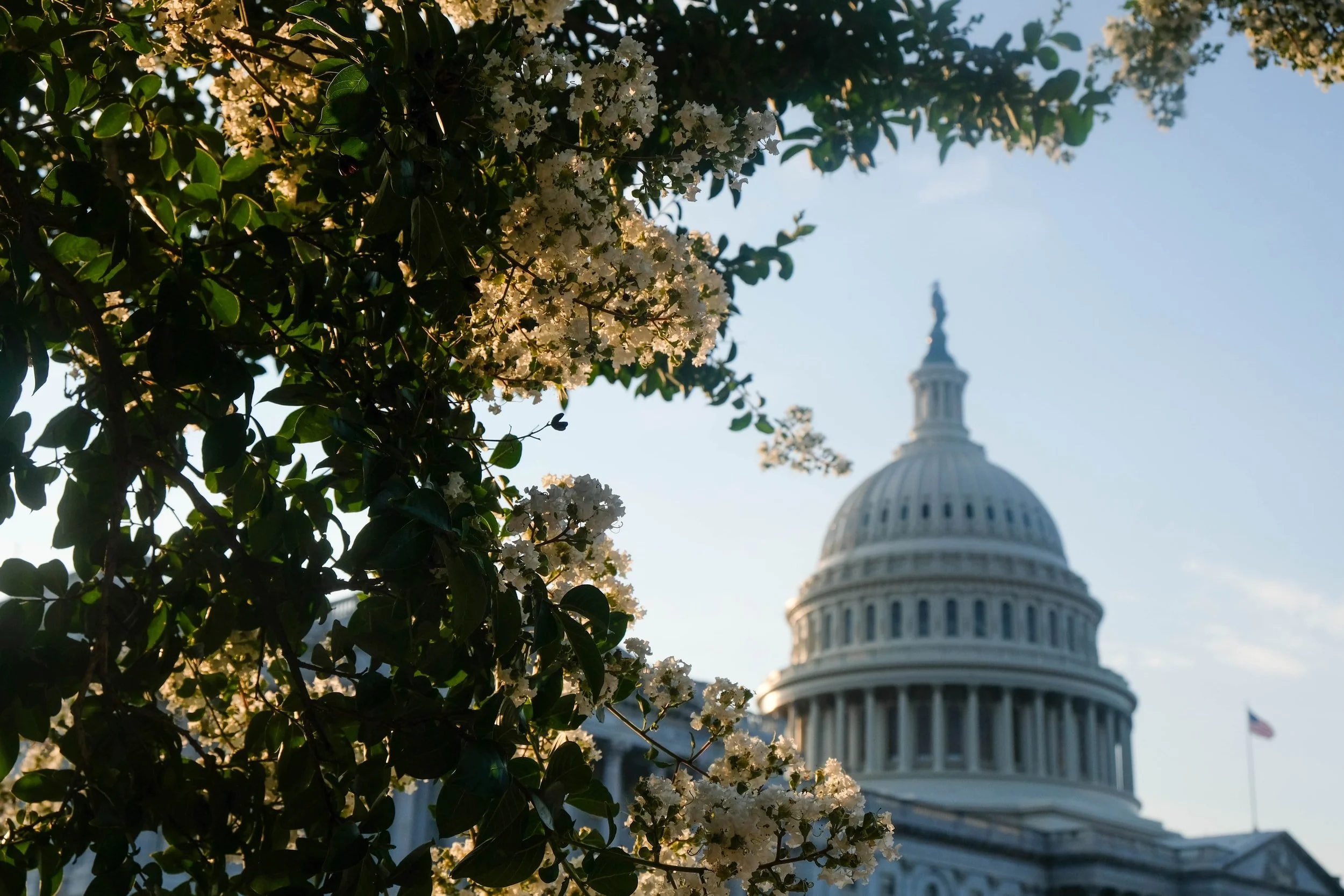March 11 marked the one-year anniversary of the enactment of the American Rescue Plan Act of 2021. Known as ARPA, the legislation represented a $1.9 trillion economic stimulus bill designed to speed up the United States' recovery from the economic and health effects of the COVID-19 pandemic.
The State of Ohio, cities, villages, and counties received a total of $11.01 billion in State and Local Fiscal Recovery Funds (SLFRF) intended to replenish lost revenue and mitigate the economic harm of the pandemic. The first tranche of funding, $5.505 billion, was delivered in May 2021, with the second tranche of funds expected to be delivered this May. State and local government recipients could use ARPA funds to cover costs incurred by December 31, 2024.
The final rule for the use of SLFRF funds was issued on January 6 and will go into effect on April 1. The final rule offers a standard allowance for revenue loss of $10 million, allowing recipients to select between a standard amount of revenue loss or complete a full revenue loss calculation. Recipients that select the standard allowance may use that amount – in many cases their full award – for government services, with streamlined reporting requirements.
The rule also clarifies that recipients can use funds for capital expenditures that support an eligible COVID-19 public health or economic response. For example, recipients may build certain affordable housing, childcare facilities, schools, hospitals, and other projects consistent with final rule requirements.
Additional provisions in the final rule include:
· Provides an expanded set of households and communities that are presumed to be “impacted” and “disproportionately impacted” by the pandemic, thereby allowing recipients to provide responses to a broad set of households and entities without requiring additional analysis. Further, the final rule provides a broader set of uses available for these communities as part of COVID19 public health and economic response, including making affordable housing, childcare, early learning, and services to address learning loss during the pandemic eligible in all impacted communities and making certain community development and neighborhood revitalization activities eligible for disproportionately impacted communities.
Allows cities to allocate a flat $10 million to lost revenue with minimal documented justification.
Allows for a broader set of uses to restore and support government employment, including hiring above a recipient’s pre-pandemic baseline, providing funds to employees that experienced pay cuts or furloughs, avoiding layoffs, and providing retention incentives.
Broadens the share of eligible workers who can receive premium pay without a written justification while maintaining a focus on lower-income and frontline workers performing essential work.
Broadens eligible broadband infrastructure investments to address challenges with broadband access, affordability, and reliability, and adds additional eligible water and sewer infrastructure investments, including a broader range of lead remediation and stormwater management projects.
Authorizes services to address vacant or abandoned properties as eligible ARPA SLFRF expenditures in areas disproportionately impacted by the COVID-19 health and economic crisis. Eligible activities include:
Costs related to rehabilitation, renovation, and securing of vacant or abandoned properties;
Remediation of environmental hazards;
Demolition or deconstruction of vacant or abandoned buildings;
Greening of vacant lots;
Conversion of properties to affordable housing.
To date, the state has announced several initiatives related to how they intend to invest the $5.68 billion received in assistance. These initiatives include:
$250 million to state and local first-responder agencies to counter increases in violent crime and to mitigate impacts of staffing levels and first-responder wellness caused by the COVID-19 pandemic.
$175 million to support the work of state and local law enforcement to prevent and solve crimes in communities that have experienced an increase in violence or have faced difficulties combatting violence during the pandemic.
$422 million allocated to townships, which were left out of the initial federal funding package. Townships must apply to receive the funds and will not have funds automatically distributed.
$84 million allocated towards pediatric behavioral healthcare services.
$250 million allocated to assist local governments fund improvements and repairs to sewer systems and water quality projects.
$1.25 billion was allocated to pay-back loans that Ohio received to help shore-up the state’s unemployment system which was severely impacted by the effects of the large number of layoffs which occurred when businesses were shut-down in the early stages of the pandemic in 2020.
The state still has around $2 billion remaining, along with the additional funding which is set to arrive in May. These funds must be obligated by the end of 2024 and spent by the end of 2026.
Local governments are still formulating plans of their own on how to spend the $5.32 billion earmarked for their use under ARPA. Last year, GOPC published our 11 Principles for Maximizing ARPA Funding Opportunities and continues to work with a number of communities around Ohio as they formulate spending plans for this once-in-a-generation funding. Like the state, these funds must be obligated by the end of 2024 and spent by the end of 2026.

